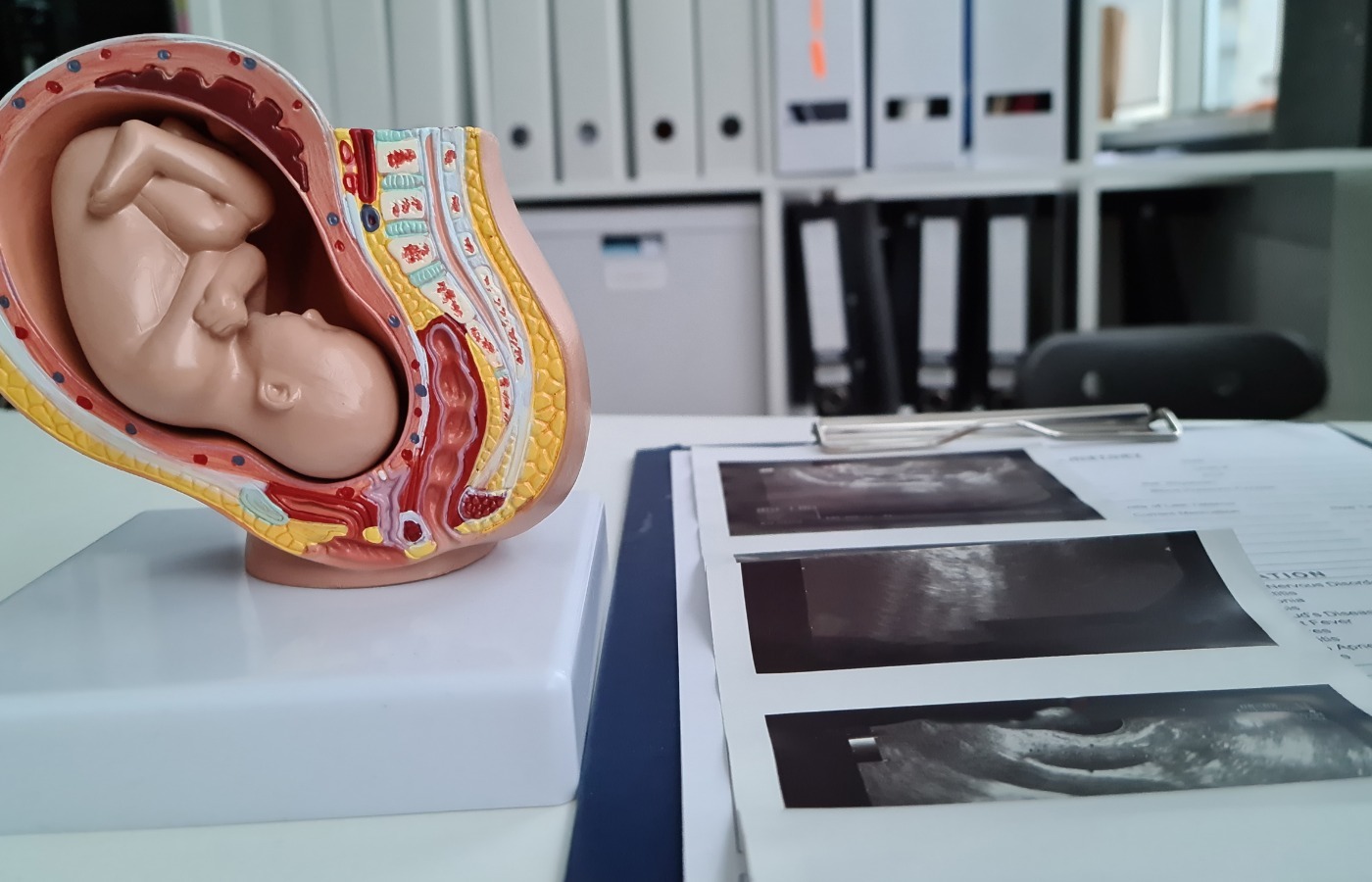
Ultrasound is a common medical test that uses sound waves to create images of the inside of your body. It’s a safe, painless, and non-invasive procedure, which means it doesn’t require surgery or needles. Doctors often recommend an ultrasound to check on various conditions, monitor pregnancy, or guide certain medical treatments.
In this article, we’ll explain what an ultrasound is, why it’s done, how the procedure works, and what you can expect from the results. Understanding these basics can help you feel more prepared and confident if your doctor advises this test.
An ultrasound, also known as a sonogram, is a diagnostic imaging technique that uses high-frequency sound waves. These sound waves bounce off tissues, organs, or blood vessels in your body, creating real-time images. Ultrasound is commonly used because it doesn’t involve radiation, making it a safer option compared to other imaging tests like X-rays or CT scans. The test is performed using a small device called a transducer. This device sends and receives sound waves, which are then processed by a computer to create clear, detailed images.
Ultrasounds are used for many reasons, as they help doctors see what's happening inside your body. Here are some of the main purposes:
1. Pregnancy Monitoring
Ultrasound is widely used during pregnancy to monitor the baby’s growth and development. It helps doctors check the baby’s position, measure its size, and even determine the due date. Gender determination is another common reason for pregnancy ultrasounds.
2. Diagnosing Medical Conditions
Doctors use ultrasound to diagnose various health conditions. For example, it can detect gallstones, kidney stones, liver problems, or tumors. Ultrasound is also helpful for diagnosing issues in the thyroid, heart, and blood vessels.
3. Guiding Medical Procedures
In some cases, ultrasound is used to guide procedures like biopsies. By providing a clear image of the area being treated, it helps doctors perform these procedures with precision.
4. Evaluating Pain or Swelling
If you experience unexplained pain or swelling, an ultrasound can help identify the cause. For instance, it can show muscle tears, fluid build-up, or abnormal growths.
5. Checking Blood Flow
Ultrasounds can also measure blood flow in your arteries and veins. This is particularly useful for detecting blockages or blood clots.
The ultrasound procedure is straightforward. Here’s a step-by-step overview of what you can expect:
1. Preparation
Depending on the type of ultrasound, you may need to follow specific instructions before the test. For example, if you’re having an abdominal ultrasound, your doctor might ask you to fast for a few hours beforehand. For a pelvic ultrasound, you may be required to drink water to ensure your bladder is full.
2. During the Procedure
During the test, you’ll lie on a comfortable table. The technician, called a sonographer, will apply a special gel to the area being examined. This gel helps the transducer make better contact with your skin and improves the quality of the images. The sonographer will then move the transducer over the area. You might feel slight pressure, but the process is generally painless. If you’re undergoing a pregnancy ultrasound, the procedure will be performed on your abdomen or, in some cases, vaginally for better accuracy.
3. Duration
Most ultrasound tests take about 20 to 40 minutes, depending on the area being examined. After the test, you can usually go back to your normal activities immediately.

The results of an ultrasound can provide valuable insights into your health. These are some of the things your doctor might look for:
Pregnancy Health
Ultrasounds during pregnancy show the baby’s size, development, and position. They also help detect any potential complications, like placenta issues or birth defects.
Organ Health
An ultrasound can detect abnormalities in organs such as the liver, kidneys, or pancreas. It might show a tumor, cyst, or other irregularities.
Blood Flow Issues
If the ultrasound is focused on blood vessels, it can reveal problems like blockages or reduced blood flow.
Injuries or Infections
If the test is done to evaluate pain or swelling, the results might show tears in muscles or tendons, fluid build-up, or signs of infection.
Your doctor will discuss the results with you, explaining what they mean and whether any further tests or treatments are needed.
Ultrasound offers several advantages:
Safe and Radiation-Free: Unlike X-rays, ultrasound doesn’t use radiation, making it safer, especially during pregnancy.
Non-Invasive: There’s no need for surgery or needles.
Widely Available: Ultrasound machines are found in most clinics and hospitals.
Real-Time Imaging: Doctors can see moving images, which is particularly useful for monitoring blood flow or checking a baby's heartbeat.
Ultrasound is a powerful tool that helps doctors diagnose and monitor various health conditions. Whether it’s used during pregnancy, to investigate pain, or to guide treatments, this test is safe, simple, and highly effective. If your doctor has recommended an ultrasound, there’s no need to worry. The procedure is quick and painless, and the results can provide valuable insights into your health.
Remember, don’t hesitate to ask your doctor or the sonographer if you have any questions about the test. Understanding the process can help make the experience as comfortable as possible. Learning more about ultrasounds will make you feel more confident and informed about this essential diagnostic tool.